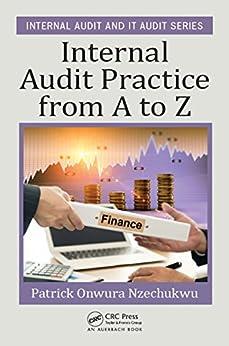1. On December 31, 2010, Hamilton Inc. sold a used industrial crane for $600,000 cash. The original cont crane was $5.0 million and its accumulated depreciation equaled $4.2 million on been using the straight-line depreclation method. The estimated residual value was zero 25 years. What is the gain or loss on the equipment on December 31, 2010? December 31, 2010, they and its useful ie w a. $250,000 loss b. $400,000 gain c. $200,000 loss d. $200,000 gain 2. On July 1, 2009, Prism, Inc. borrowed S30 000 from First Bank on a one year, 0% note payable. Interest is payable on June 30, 2010, the due date of the note. Prism's accounting year ends December 31, 2009. Ass uming no adjusting entries have been made during the year, the journal entry required on the company's to record the interest accrued on December 31, 2009, would include a a. debit to Interest Expense for $1,500. b. credit to Interest Expense for $1,500. c. credit to Cash for $1,500. d. debit to Notes Payable for $1,500. 3. Which of the following accounts would not be considered an intangible asset? a. Goodwill b. Patents c. Research and development costs d. Trademarks 4. The main purpose of recording depreciation is to a. allocate the cost of a tangible asset to the periods in which its use contributes to generating b. estimate the remaining useful life of the asset. c. report the asset on the balance sheet at the estimated amount for which the asset could be sold on the balance sheet date d. estimate the current replacement cost of the asset. 5. A company decided to use the units of production method to calculate depreciation on a car to be driven by the sales manager. The amount of annual depreciation will most likely vary with the a. age of the car. b. balance in accumulated depreciation. c. number of miles the car is driven. d. amount of maintenance expense incurred on the car. 6. How is the matching principle related to the recording of depreciation on tangible long-lived, productive assets? a. The matching principle requires a company to use the same depreciation b. Once a particular depreciation method is adopted for a particular asset, the owner must continue t use the same method. c. The accountant who calculates the depreciation may assume that the company will continue in business as long as the estimated useful life of the asset. d. A portion of the cost of the asset should be allocated as an expense to the periods in which the ass helps the business to generate revenue. 7. Rusty Corporation purchased a rust-inhibiting machine by paying $50,000 cash on the purchase date and agreeing to pay $10,000 every three months during the next two years. The first payment is due three mon after the purchase date. Rusty's incremental borrowing rate is 8%. The liability reported on the balance sheet as of the purchase date, after the initial $50,000 payment was made, is closest to: a. $123,255. b. $130,000. c. $80,000. d. $73,255 8. On September 1, 2009, Donna Equipment signed a one-year, 8% interest-bearing note payable for $ Assuming that Donna Equipment maintains its books on a calendar year basis, the amount of interest e hat should be reported in the 2010 income statement for this note (rounded to the nearest dollar) wo a. $2,667. b. $4,000. . $1,333 d. $3,000. 9. A contingent liability that is "reasonably possible" but "cannot reasonably be estimated" a. must be recorded and reported as a liability. b. does not need to be recorded or reported as a liability. c. must only be disclosed as a note to the financial statements. d. must be reported as a liability, but not recorded








